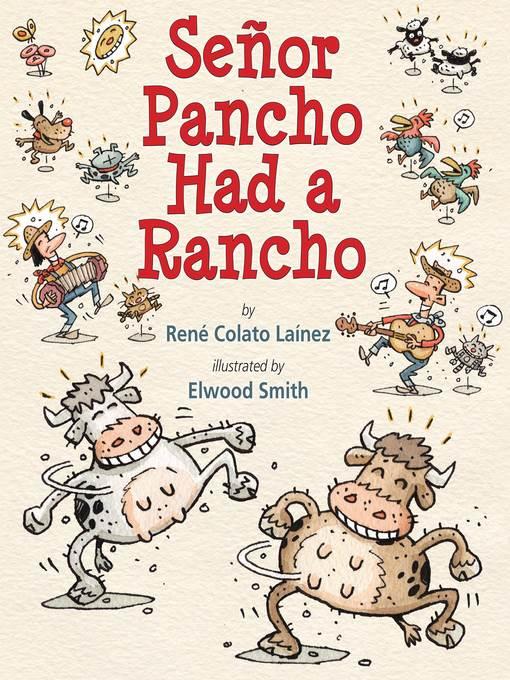
Señor Pancho Had a Rancho
فرمت کتاب
ebook
تاریخ انتشار
2013
Lexile Score
360
Reading Level
1
نویسنده
Elwood Smithناشر
Holiday Houseشابک
9780823429608
کتاب های مرتبط
- اطلاعات
- نقد و بررسی
- دیدگاه کاربران
نقد و بررسی

August 1, 2013
Colato Lainez (The Tooth Fairy Meets El Raton Perez, 2010) presents a bicultural rendition of "Old MacDonald Had a Farm," one of the most widely known and loved children's songs. This book introduces readers to the various animals on two separate farms. On the first page of each spread is Old MacDonald and a traditional verse of the song in English. The next page presents Senor Pancho, whose rancho is also filled with animals whose Spanish names and sounds are blended into the English text. The opening pages prepare readers who may not be familiar with Spanish by providing a glossary of terms and a pronunciation guide to the Spanish sounds. Finally, the animals from the two farms meet, and everyone joins in dancing and singing, mixing all of the sounds and names together. The lively illustrations are imbued with movement and humor, significantly contributing to the overall joy of the book. Subtle nuances, such as in landscape and textile patterns, are used to distinguish Old MacDonald and Senor Pancho. For some readers, the repetition of each verse might lack sufficient action to keep them engaged. Others, however, will enjoy learning the names of the animals in both English and Spanish and comparing the onomatopoeia in each language. Chock-full of bicultural fun on the farm. (glossary, pronunciation guide, author's note) (Picture book. 3-7)
COPYRIGHT(2013) Kirkus Reviews, ALL RIGHTS RESERVED.

August 1, 2013
PreS-Gr 1-In this rollicking, sing-along picture book, Colato Lainez tells the story of two neighbors, Old MacDonald and Senor Pancho, pairing a new and vibrant bilingual English-Spanish version (just try to get the catchy "cha-cha-cha-cha-cha" chorus out of your head) with the classic children's song. Just like Old MacDonald, Senor Pancho has a farm bursting with animals. But he speaks Spanish, so his farm is un rancho, his dog is un perro, and his horse says "jii," not "neigh." The spreads feature the traditional verse on one side and its bilingual counterpart on the other. Things get really interesting when Senor Pancho's vaca and Old MacDonald's cow teach each other how to "muu" and "moo," respectively; farm and rancho come together in a celebration of song and dance, with each verse expanding to include all the animals singing together in both languages. The multimedia ink and watercolor cartoons provide a visual feast, striking a solid balance between engaging detail and white space while ably moving the narrative forward. Smith's farmyard animals steal the show; they are full of humor and a playful energy to which young readers will relate. This is an excellent choice for read-alouds, but it also includes a glossary and pronunciation guide, making it useful in one-on-one contexts for young readers looking to develop Spanish vocabulary.-Ted McCoy, Oakland Public Library, CA
Copyright 2013 School Library Journal, LLC Used with permission.

October 15, 2013
Preschool-G This quirky reworking of Old MacDonald Had a Farm is more than just a Spanish translationit is the tale of two farmers whose animals are clearly in charge. Seor Pancho and Old MacDonald are neighbors who live similar lives but for the fact that their animals speak different languages. Very little farming actually happens. Instead, dogs / perros bark woof woof and guau guau, sheep / ovejas take singing lessons from cows / vacas, while chicks / pollitos beat drums or shake maracas. Smith's scraggly pen-and-watercolor art adds to the farm-fiesta frenzy, and young readers will appreciate the joyous, goofy expressions on the animals' faces. Despite some obvious stereotypes, this humorous rendition of the song should be part of any library where singing is allowed. Each left-hand page features the English verse, while the right-hand page features Pancho's Spanish counterpart. It ends, however, in a cacophony even the two farmers cannot resist: Vamos a bailar!(Reprinted with permission of Booklist, copyright 2013, American Library Association.)

























دیدگاه کاربران